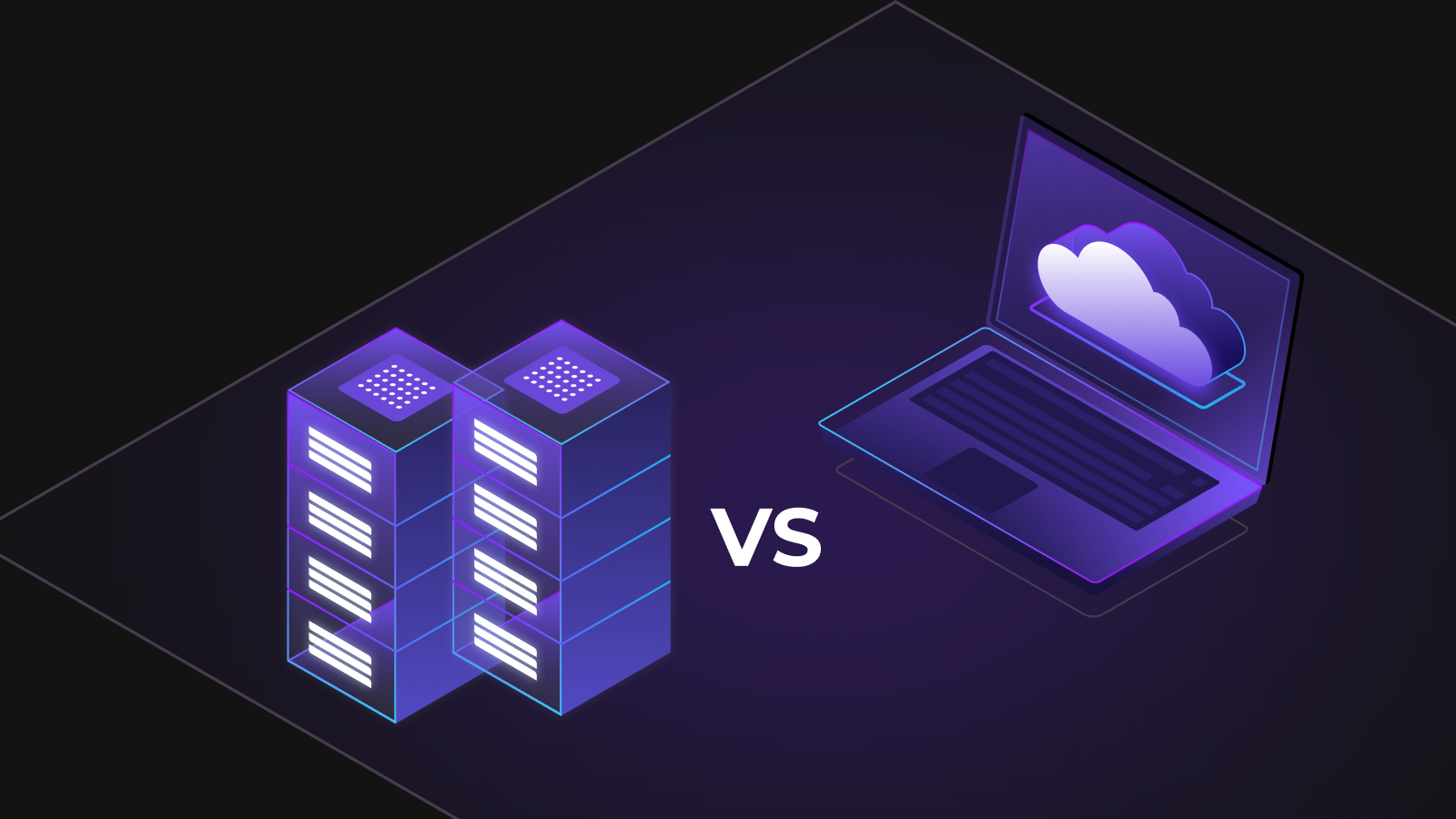If you’re exploring ways to protect sensitive data—and if you haven’t yet, you should be—chances are you’ve come across the debate of on-premise HSM vs SaaS. It’s a question many IT and security teams face: should you invest in physical hardware security modules in your own data center, or rely on a cloud-delivered HSM service?
Here, we’ll break it down for you in simple terms. We’ll explain what HSMs do, including the major differences between traditional on-prem deployments and SaaS-based models. We’ll also look at the role of post-quantum cryptography (PQC) as it reshapes the future of key management to help set you up with a practical framework for deciding which path fits your organization best.
What Exactly Does an HSM Do?
At its core, a hardware security module (HSM) is the vault for your cryptographic keys. They’re engineered to generate, store and manage keys in a way that keeps them out of reach from attackers, and even insiders.
This matters because without a trustworthy place to hold encryption keys, all the cryptography in the world can’t save you. HSMs are used for payment systems and digital identities, along with a host of other use cases.
They’re the cornerstone of compliance frameworks such as PCI DSS and GDPR, but don’t think of them as just another security tool to add to the mix. HSMs are foundational to protecting your organization’s most sensitive assets.
The Traditional Route: On-Premises HSM
Businesses have leaned on on-premises HSMs housed in their own facilities for years. With this model, organizations have total ownership of the hardware and the security policies surrounding it.
The upside is clear: if you’re in a heavily regulated sector like banking, healthcare or defense, that direct control can be non-negotiable. But full control also comes with cost.
Buying HSM appliances requires significant capital investment, not to mention ongoing maintenance, updates, and specialized staff to keep them running smoothly. Scaling can also be difficult—if demand spikes, you need to procure, install and configure new boxes.
The Modern Alternative: SaaS HSM
As workloads shift to the cloud, many teams have leaned into SaaS HSMs (sometimes called cloud HSMs). Instead of purchasing and maintaining hardware, you tap into HSM capabilities through a subscription service.
The appeal here is flexibility. Deployment can be nearly instantaneous; scaling happens on demand, and expenses move from CapEx to OpEx. For organizations with leaner teams, the reduced operational burden can be huge.
There is a tradeoff, however. You’re trusting a third party with uptime, updates and parts of the security model. So, while reputable providers meet strict compliance standards, some industries may still require the isolation that only on-prem hardware can deliver.
The Showdown: On-Premise HSM vs SaaS
When weighing on-premise HSM vs. SaaS options, four themes typically drive the decision:
Security and control: On-premises, you set the rules and manage the entire environment. With SaaS, you’re relying on assurances from your provider, but it can also enable faster innovation and updates.
Cost structure: There are significant upfront and ongoing maintenance costs with on-premises setups. SaaS has the advantage of more predictable subscription fees that scale based on your usage.
Scalability: Expanding on-premises HSM capabilities requires new hardware purchases, while SaaS has the benefit of elastic scaling with minimal disruption.
Compliance: On-premises HSMs make it easier to demonstrate to auditors physical control, which is needed in regulated industries. SaaS providers often carry certifications, but may require additional diligence.
Those in the industry note that the momentum toward SaaS is strong. Gartner, for example, projects that most enterprises will lean on cloud-delivered security services within the next couple of years [source]. With this backdrop, many choose to go with a hybrid approach to balance innovation with compliance.
The PQC Factor: Preparing for a New Era
One dimension that doesn’t always get enough attention in the on-premise HSM vs SaaS discussion is post-quantum cryptography (PQC). With advances in quantum computing threatening today’s algorithms (RSA, ECC, etc.), organizations need to think ahead.
But here’s the conundrum: On-premises HSMs may require costly hardware refreshes to support PQC algorithms. SaaS HSMs, meanwhile, theoretically have the ability to roll out PQC-ready updates faster across their customer base.
At Fortanix, we’ve seen how urgent this has become. Our Key Insight solution helps organizations discover and assess their cryptographic posture, which is critical for understanding potential PQC exposure.
Meanwhile, Fortanix Data Security Manager (DSM) gives organizations the crypto-agility needed to transition smoothly, regardless of whether you’re working on-premises or in the cloud.
Which Choice Should You Make?
So how do you decide? There is no universal answer, of course, as the decision comes down to your organization’s unique and specific priorities. That said:
- Consider going on-prem if regulatory compliance requires strict isolation, you have the resources to manage hardware, and long-term control is more important than flexibility.
- Go SaaS if speed, scalability, and lower upfront costs are essential, and your regulatory requirements allow shared responsibility models.
- Go hybrid if you want the best of both: keep certain workloads on-premises while leveraging SaaS for agility and modernization.
While there is no one-size-fits-all solution, there’s usually a “right” answer for your organization once you map security, compliance and business needs against the tradeoffs.
On-Premise HSM vs SaaS: Final Thoughts
The decision between on-premise HSM vs SaaS is really a choice between control and convenience, CapEx and OpEx, traditional oversight and modern elasticity. Both paths are valid, but what’s essential is ensuring that the model you choose can evolve alongside cryptographic requirements, especially with PQC looming.
If you’re evaluating options and want to see how a single platform can unify these capabilities (and help prepare for PQC), consider exploring Fortanix. Request a demo or get in touch to see how we can support your HSM and key management strategy.











